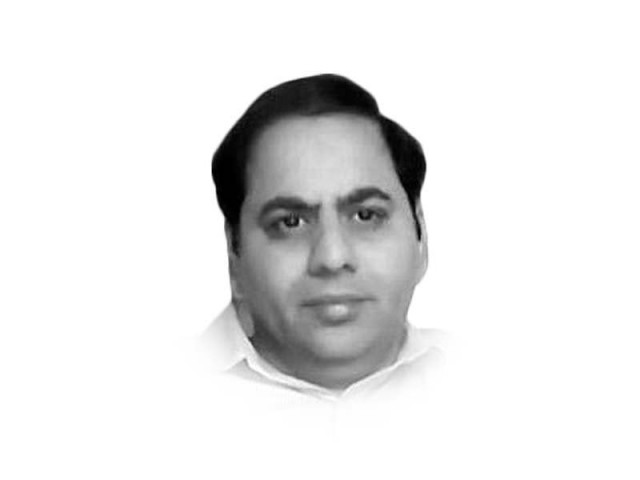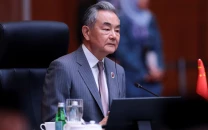The lurching Indian economy and protests
The world is yet to see something substantial on New Delhi from the Trump administration and American Congressmen

The writer is a private professional and writes on geopolitical issues and regional conflicts
The IMF forecast coincided with Moody’s and Fitch estimates of Indian GDP growth of 4.5% and 4.6%, respectively, in FY2020. Owing to the global and domestic economic slowdown, some seven million Indians are threatened with poverty.
The Bharatiya Janata Party (BJP) must have been aware of New Delhi’s imminent economic crunch while preparing to contest the 2019 elections. The saffron brigade therefore didn’t rely on the wonted election jingles of shoring up economy, introduction of public welfare projects and creating job opportunities.
It instead deliberately focused on contentious issues such as the annulment of Article 370 in Jammu and Kashmir (J&K), enactment of the Citizen Amendment Act (CAA) and the construction of Ram Temple to stir the religious sentiments of the Hindu population.
The truculent manifesto paid off and the BJP-led National Democratic Alliance (NDA) claimed a landslide victory in the 2019 Lok Sabha elections, winning 353 seats and becoming the only non-Congress government to regain power in Indian history.
Massive public support spurred the BJP to cash on the nation’s backing and it pursued distracting Indians with its querulous pre-election programme, diverting them from the country’s economy.
Ignoring the international reaction, the BJP has repealed the autonomous status of the Muslim-dominated J&K and Ladakh in violation of the Simla Agreement; published the latest version of the National Register of Citizens (NRC) that excluded two million people in Assam; pledged to roll out NRC across India by 2024 and snatched a verdict from the Indian Supreme Court to build Ram Temple in Babri Mosque’s place.
With economic woes simmering in the off-sight, the Indian Parliament recently passed the CAA 2019 — which excluded Muslims from Afghanistan, Bangladesh and Pakistan to obtain Indian citizenship while permitting all other religious minorities. The BJP argued it was its moral obligation to shelter these minorities as they are persecuted. Meanwhile, it was highly irrepressible for the BJP to mask the deteriorating Indian economic indicators impacting 1.3 billion people. The fall in consumption slackened private investment and three-year-high 8.5% unemployment rate shook up the overwrought Indian people who hit back at BJP’s divisive move of the CAA legislation and showed their anguish in nationwide protests and State Assembly elections.
Within a few months of regaining absolute power, Indian citizens doled out some serious blows to the Modi administration as his party conceded a huge lead to the trilateral opposition alliance in Jharkhand. The BJP contested 79 of 81 seats and won only 25, compared to its rivals’ 47. It was BJP’s fifth consecutive defeat in Indian state elections.
Back-to-back conquests are alarming signs for the BJP government. Where the protests revealed that people had quickly rejected any religious divide in India, most Indians also overruled any political ambitions to thrive at the cost of their economy.
This is something global economies can learn from. Public gripes in India — fuelled by an onion crisis and rising inflation touching a three-year peak of 5.5% — again shed light on the economy’s importance that though may be eclipsed for the time being over sporadic public emotions, can never become dormant completely.
New Delhi’s consistent Muslim-fixated debatable actions have put the US, a close Indian ally, in an awkward position that has been very vocal about the Chinese discrimination of Muslims in Xinjiang. While Washington has criticised Beijing over its treatment of minorities, the world is yet to see something substantial on New Delhi from the Trump administration and American Congressmen.
Published in The Express Tribune, January 2nd, 2020.
Like Opinion & Editorial on Facebook, follow @ETOpEd on Twitter to receive all updates on all our daily pieces.
















COMMENTS
Comments are moderated and generally will be posted if they are on-topic and not abusive.
For more information, please see our Comments FAQ